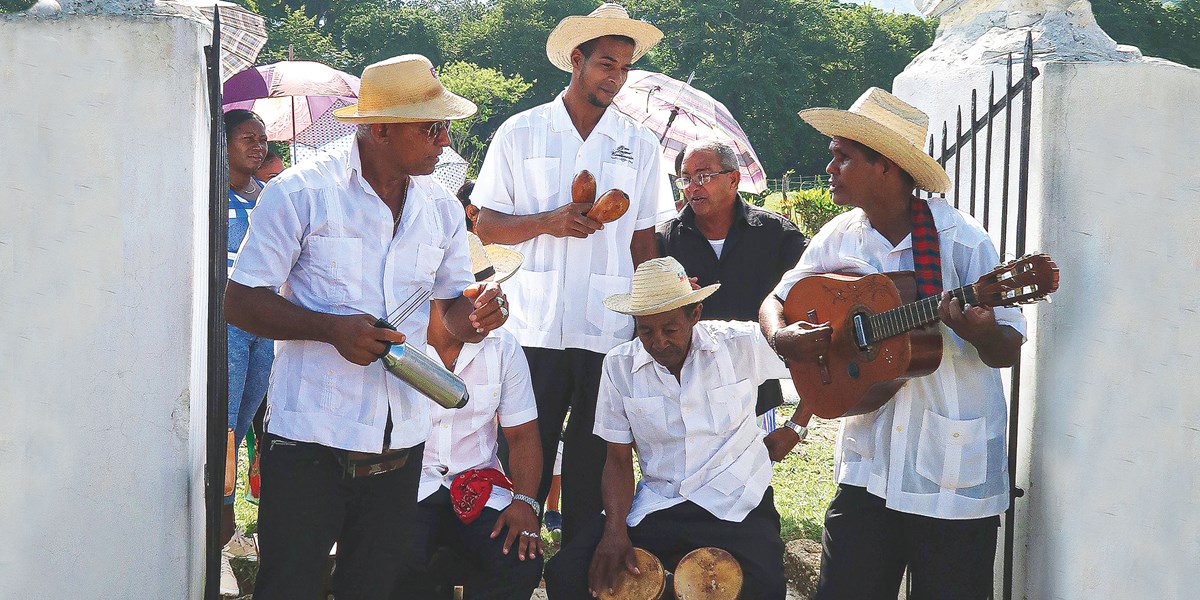Thursday, February 17, 2022
“A sound full of country funk and spiritual joy” | Introducing Changüí, the music from Cuba’s sugarcane fields
As the world celebrated the anniversary of Buena Vista Social Club, a compilation showcasing another traditional Cuban sound, changüí, snuck under the radar. Garth Cartwright reports on this syncopated dance music

Grupo Estrellas Campesinas

Register now to continue reading

Thanks for visiting the Songlines website, your guide to an extraordinary world of music and culture. Sign up for a free account now to enjoy:
- Free access to 2 subscriber-only articles and album reviews every month
- Unlimited access to our news and awards pages
- Our regular email newsletters

